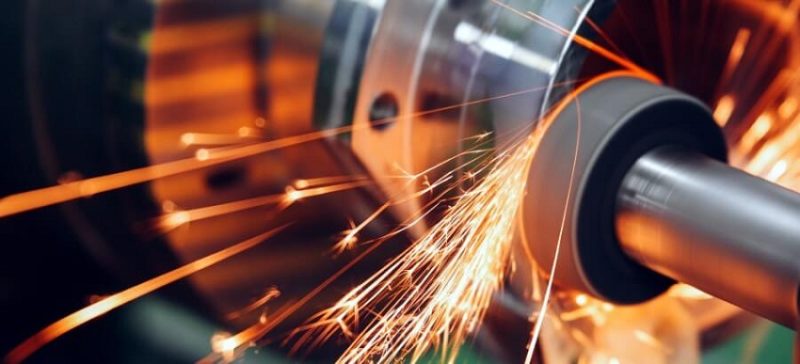Metal fabrication, the process of transforming raw metal into useful structures and components, is a cornerstone of civilization. From the towering skyscrapers to the intricate mechanisms in your pocket watch, metal fabrication has played a vital role in shaping our world. But what’s the theory behind this transformative process?
The Core Principles:
At its heart, metal fabrication relies on the unique physical properties of metals. They are typically strong, malleable (bendable), and ductile (drawable). The theory of metal fabrication revolves around manipulating these properties to achieve a desired form.
- Cutting: Metals can be precisely cut using various techniques like sawing, shearing, or lasers. Understanding factors like metal strength and thickness is crucial to selecting the most efficient and clean-cutting method.
- Forming: Sheet metal can be bent and pressed into specific shapes using tools like brakes and dies. The theory of formability helps predict how a particular metal will respond to bending forces, preventing unwanted cracks or tears.
- Joining: Fabricated parts are often assembled using techniques like welding, riveting, or brazing. Welding theory explores the physics of creating a molten pool to fuse separate pieces permanently. Understanding factors like heat input and material compatibility ensures strong and lasting joins.
Business related more articles:
- 10 Business Entrepreneur Success Story Examples
- What are the 5 Strategies That Will Determine the Market Size? A Comprehensive Guide
- Which Type of Visual Best Conveys Stock Prices Over Time
Beyond the Basics:
For the more curious, the theory of metal fabrication delves deeper into material science and engineering principles:
- Material Selection: The type of metal chosen for fabrication significantly impacts the process. Understanding material properties like strength, corrosion resistance, and weldability is crucial for selecting the most suitable metal for the job.
- Heat Treatment: Metals can be subjected to controlled heating and cooling cycles to alter their internal structure and properties. Heat treatment theory allows the manipulation of a metal’s hardness, ductility, and other characteristics to optimize its performance in the final product.
- Computer-Aided Design (CAD): Modern fabrication heavily relies on CAD software. This allows for creating virtual models of the final product, simulating the fabrication process, and identifying potential issues before any metal is cut.
Applications and Importance:
The theory of metal fabrication underpins a vast array of applications:
- Construction: From structural beams to building facades, metal fabrication forms the backbone of modern architecture.
- Transportation: Automobiles, airplanes, and ships all rely on precisely fabricated metal parts for their functionality and safety.
- Manufacturing: Machinery, tools, and countless industrial components are shaped through metal fabrication processes.
Understanding the theory of metal fabrication goes beyond just knowing how to cut and bend metal. It’s about appreciating the interplay between material properties, engineering principles, and technological advancements. This knowledge has been instrumental in shaping our world and will continue to play a vital role in future innovations.




